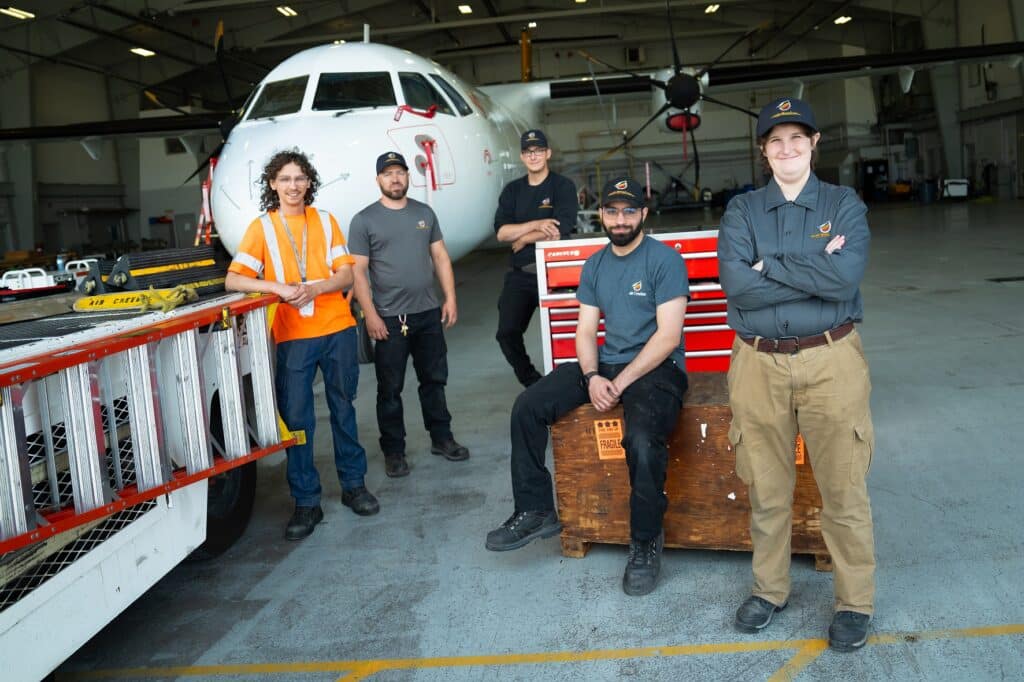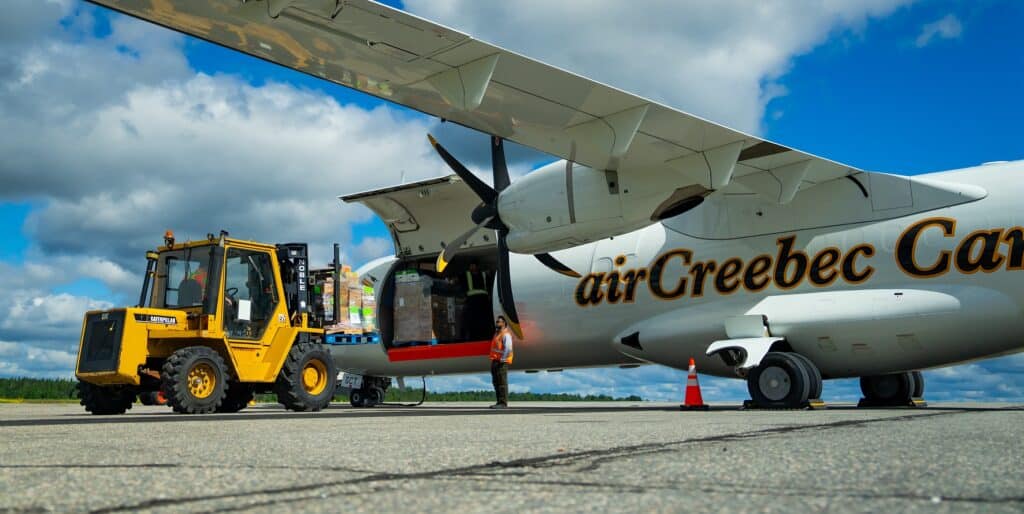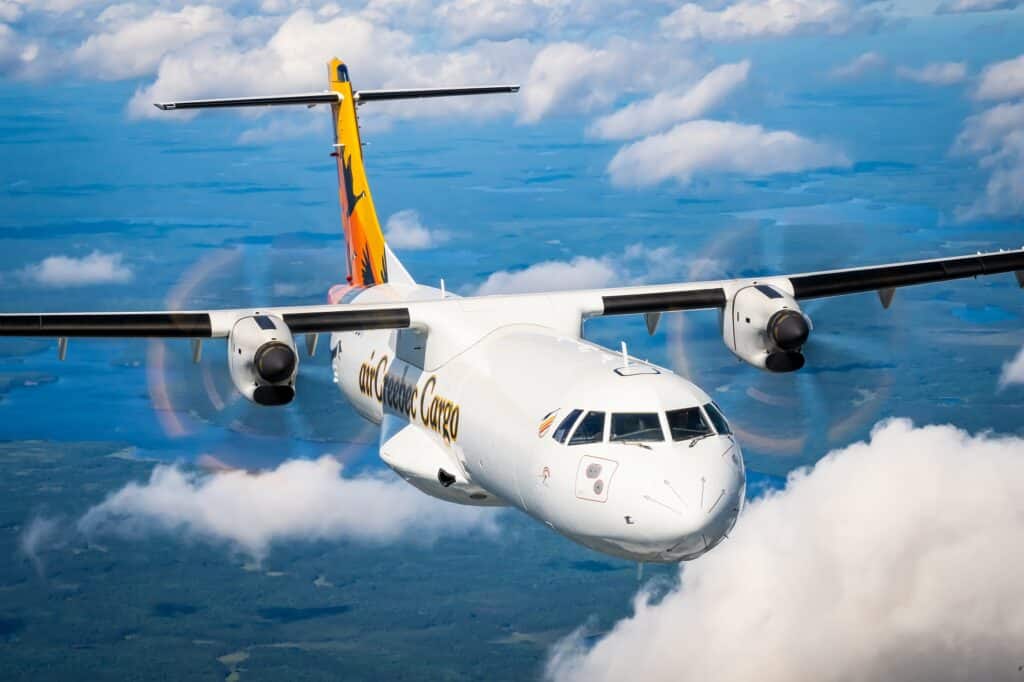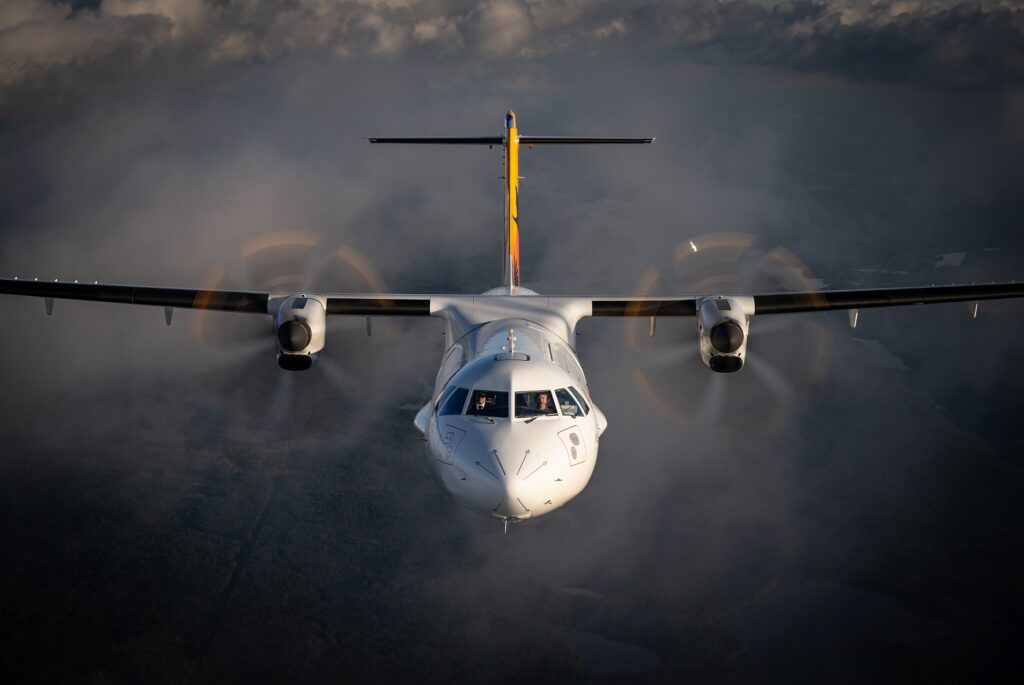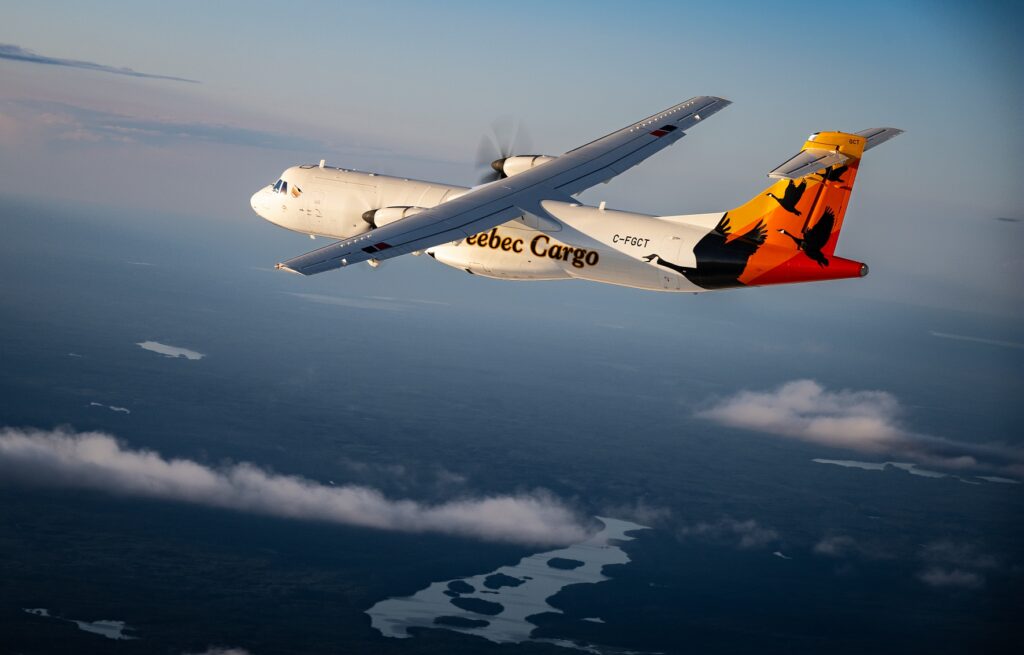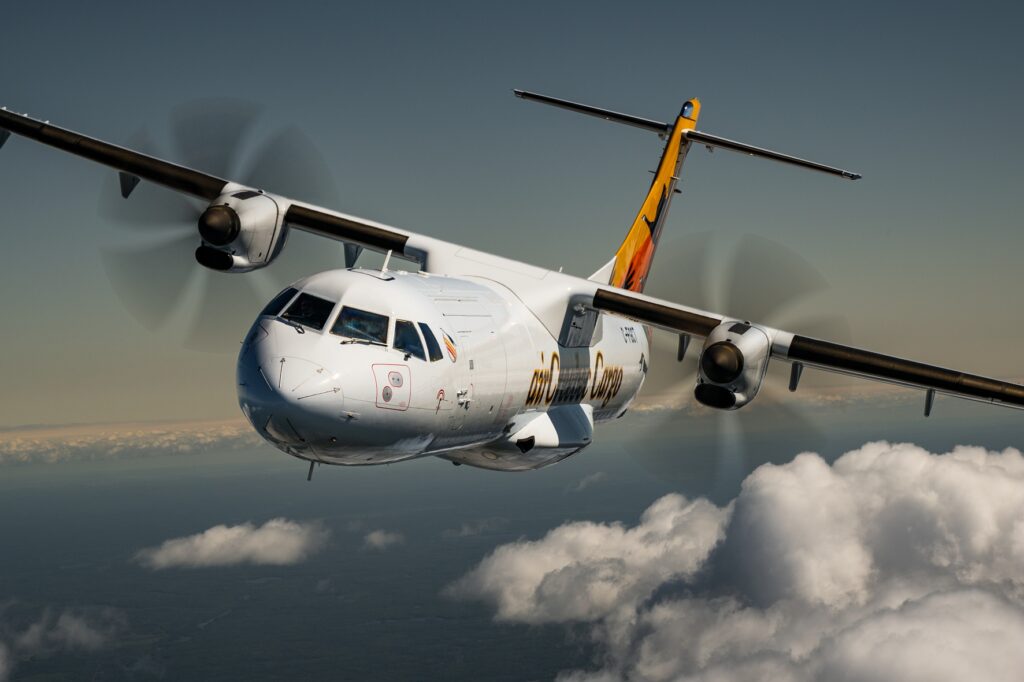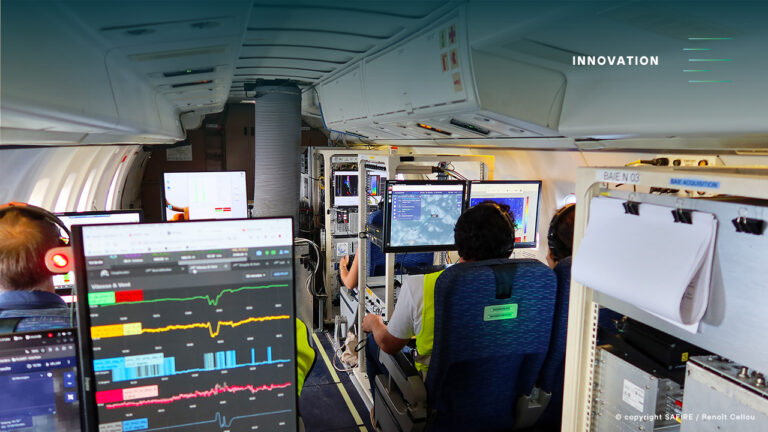Expanding Cargo Reach Across Canada’s Remote North
In northern Canada, distance is measured not just in miles, but in seasons.
Here, where winter locks the land in ice and summer melts away every road, the only connection to the wider world is through the sky. Freighter aircraft carry more than cargo, they carry medicine to clinics, fresh food to families, and spare parts to keep essential services running. In these remote communities, every arrival is a promise kept.
And now, that promise just grew stronger. Air Creebec, an airline rooted in serving Cree and northern communities since 1982, has welcomed its first ATR aircraft: an ATR 72-500 freighter, adapted for the unique challenges of Canada’s Far North.
The aircraft was acquired through ACIA Aero Leasing and in under six months, it evolved from a standard bulk freighter into a Large Cargo Door (LCD) variant, a change that’s as practical as it is powerful. The door itself spans 2.94 m (9 ft 6 in) wide by 1.8 m (5 ft 11 in) high, enabling quick loading of everything from LD3 containers to oversized freight. Inside, it offers a cargo capacity of up to 8.6 tonnes and 76 m³ of volume, the equivalent of several truckloads delivered in one trip. This versatility allows Air Creebec not only to transport food, medicine, and equipment, but also to carry vital fuel supplies for northern destinations and industrial clients.
For Air Creebec, the ATR 72-500F is more than a new aircraft; it’s a strategic tool to enhance flexibility and speed in cargo operations, ensuring that critical goods reach even the most remote clients when they are needed most with greater efficiency.
This milestone is a vivid example of our shared mission in action: designing aircraft that bridge distances, sustain communities, and deliver efficiency in the world’s most challenging environments. From tropical islands to Arctic tundra, ATR turboprops prove that no destination is too far when the mission is connection.
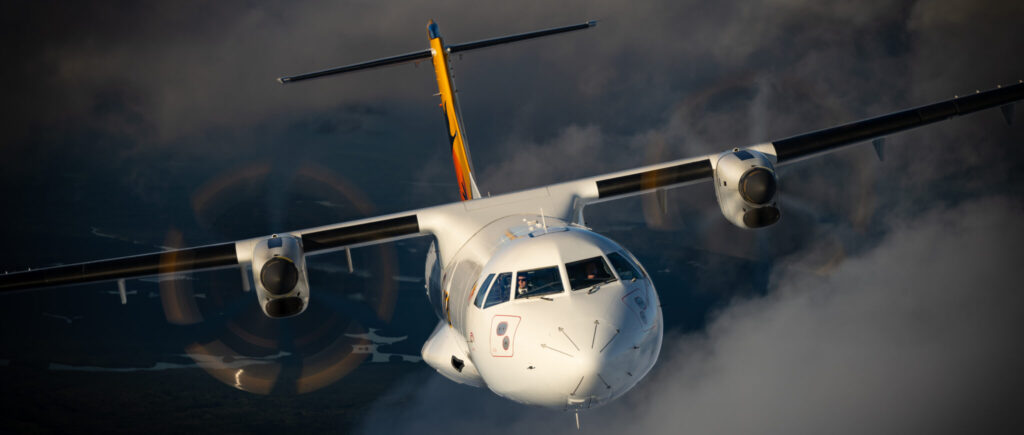
With their first ATR taking flight, Air Creebec is writing a new chapter in Canadian aviation, one where no community is too remote to be reached, and every journey carries the essentials of life. The aircraft now operates several times a week to Timmins, Moosonee, Fort Albany, Kashechewan, Attawapiskat, Peawanuck, and Cochrane, while also serving destinations such as Whapmagoostui, Chisasibi, and any other community that calls for it.










